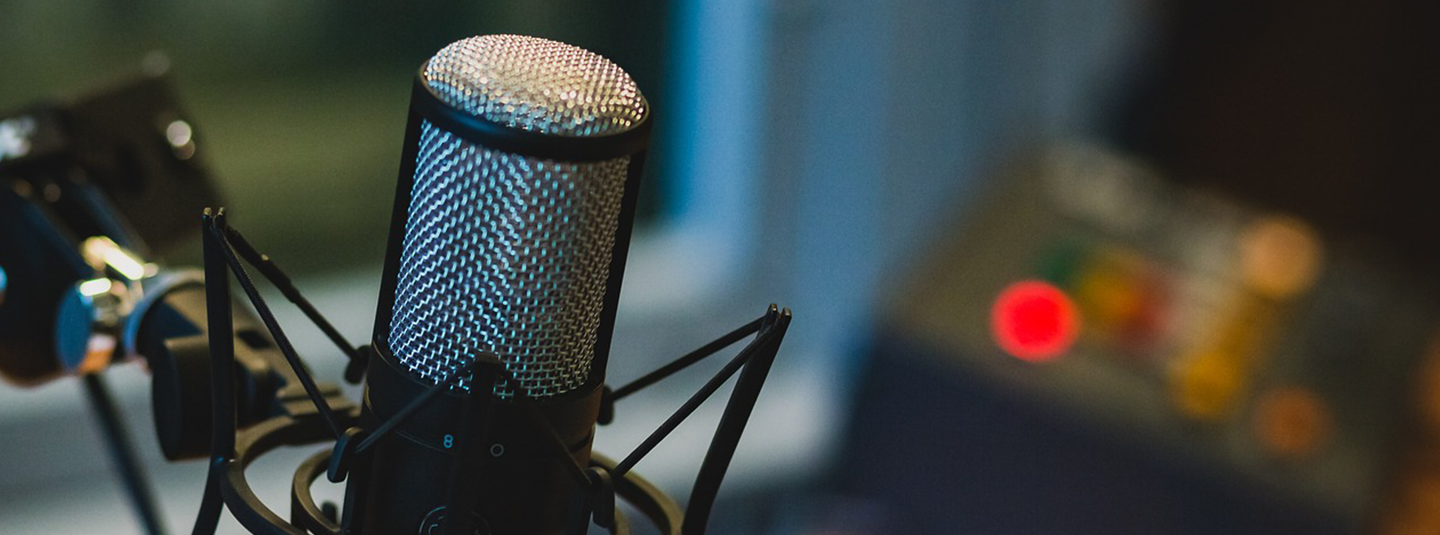
How AI is Reshaping Medical Imagery with MIT CSAIL Professor Polina Golland
In this episode
AI is transforming radiology, but not at the expense of skilled technicians. In the same way that personal computers and spreadsheets didn’t eliminate accountants, AI is not going to replace radiologists but will instead transform the way they work.
MIT CSAIL Professor Polina Golland’s research sits at the intersection of machine learning and healthcare, specifically medical imaging. In this episode, she discusses her team’s groundbreaking work on algorithms that analyze subtle patterns in x-rays, helping detect diseases earlier and understand them more deeply.
Hear Professor Golland’s thoughts on healthcare, AI, and the future of diagnostics in this exciting glimpse into how AI impacts medicine, both now and going forward.
